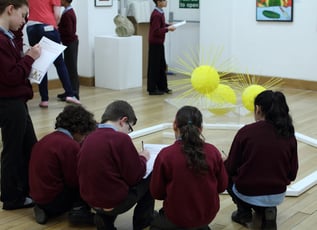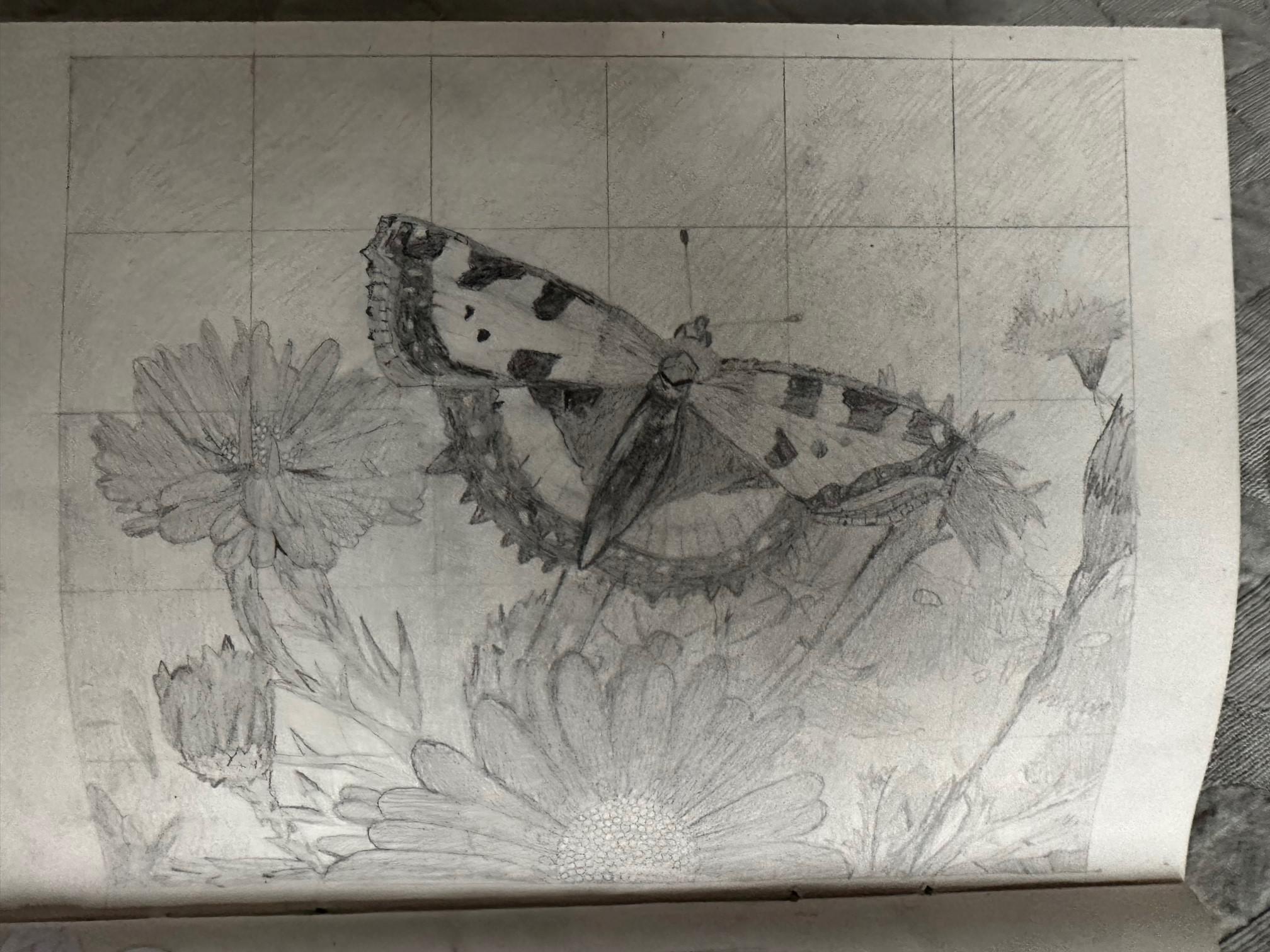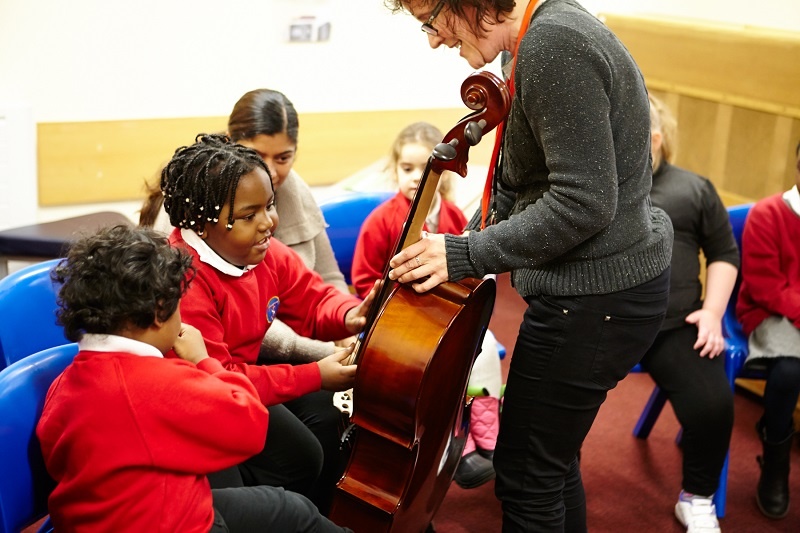
Tips for delivery and assessment: Explore
BY: Kat Stapley-Smith
05 Sep 2023
Are you delivering Explore for the first time or planning your next delivery of Explore? Or perhaps you are nearly ready to enter young people for Explore? We have previously offered some advice on Explore Part D – but now we want to share some tips on the delivery and assessment of Explore overall...The team deal with a lot of queries from advisers and this advice is based on some of the common points raised.
This isn’t intended as a substitute for your toolkit, nor will it cover every potential question you might have. But hopefully we can guide you through some of the issues that other advisers have asked us about.
Part A: take part
In Part A, young people take part in at least two arts activities before reflecting on what they have learnt from taking part in these arts activities, and if there is no evidence of either of these then the part cannot be marked as a pass.
What occasionally happens here is that the activities for Part A aren’t clearly distinguished from another part – Part A should be a distinct activity. It can certainly influence work elsewhere (for instance an introduction to painting for Part A could result in a young person creating a new painted piece in Part C) but they cannot be part of the same activity.
And always remember to capture young people’s reflection! It doesn’t have to be a detailed written report and can be presented in any format (eg. video, audio), but we want young people to recognise what about taking part has inspired them.
Part B: explore
This is where young people get to find out about the work of artists and arts organisations. It’s really important that they cover both! Sometimes a young person will have an interesting look at an artist but not mention an arts organisation (and vice-versa), which means that Part B has only been attempted.
Young people need to find out about the work that artists and arts organisations do. Arts logs might include clear evidence that young people visited a museum, for instance, but focus on what the building looks like. Unfortunately this wouldn’t be enough to pass – young people should be encouraged to explore the work being done within the arts!
Part C: create
As in Part A, make sure that this is a distinct piece of work. Young people can create something inspired by the skills developed for Part A, but we want them to create something brand new!
Document the process of creating the new art work too. Young people need to show how they created their art work as well as the final piece itself. Include as much as you can: sketches, rough drafts, photographs, notes etc.
Part D: share
To repeat what we’ve said before – Part D should be based on the whole Explore journey. This is an opportunity for young people to consider what they’ve achieved and/or enjoyed throughout Parts A, B and C and share that with other people. They might’ve loved singing in Part A, or getting to know more about an actor in Part B, and this is where they get to tell someone about it.
 Sometimes in Part D young people present what they created in Part C without clearly identifying that this is what they enjoyed most from their Explore award. Unfortunately this isn’t enough to pass Part D, so always make sure that young people have identified what they achieved and/or enjoyed through completing all of their Explore award.
Sometimes in Part D young people present what they created in Part C without clearly identifying that this is what they enjoyed most from their Explore award. Unfortunately this isn’t enough to pass Part D, so always make sure that young people have identified what they achieved and/or enjoyed through completing all of their Explore award.
Evidence locator form
If your centre is selected for moderation, we'll let you know which portfolios we wish to sample. You'll then need to follow our guidance on assembling these portfolios in a digital format, complete an ‘Evidence Locator Form’ for each young person and submit the work using our portfolio submission platform. It’s crucial that your evidence locator form is as clear as possible as this is the moderator’s guide to young people’s work. If you’ve identified evidence then make sure that your evidence locator form states exactly where to find it! Use page numbers, dividers, or coloured tabs/post-it notes. If there’s a video or audio recording then note the relevant time code. Put captions on photographs. Always remember that moderators are looking at arts logs for the first time – they might not have the context needed to match evidence to a specific part, so make it easy for them!
You can always contact the Arts Award team with any questions on 020 7820 6178 or by emailing artsawardenquiries@trinitycollege.com.
Related posts
BY: Alan Lynch
BY: Nicola King
BY: Katherine Stapley-Smith




Comments & Replies